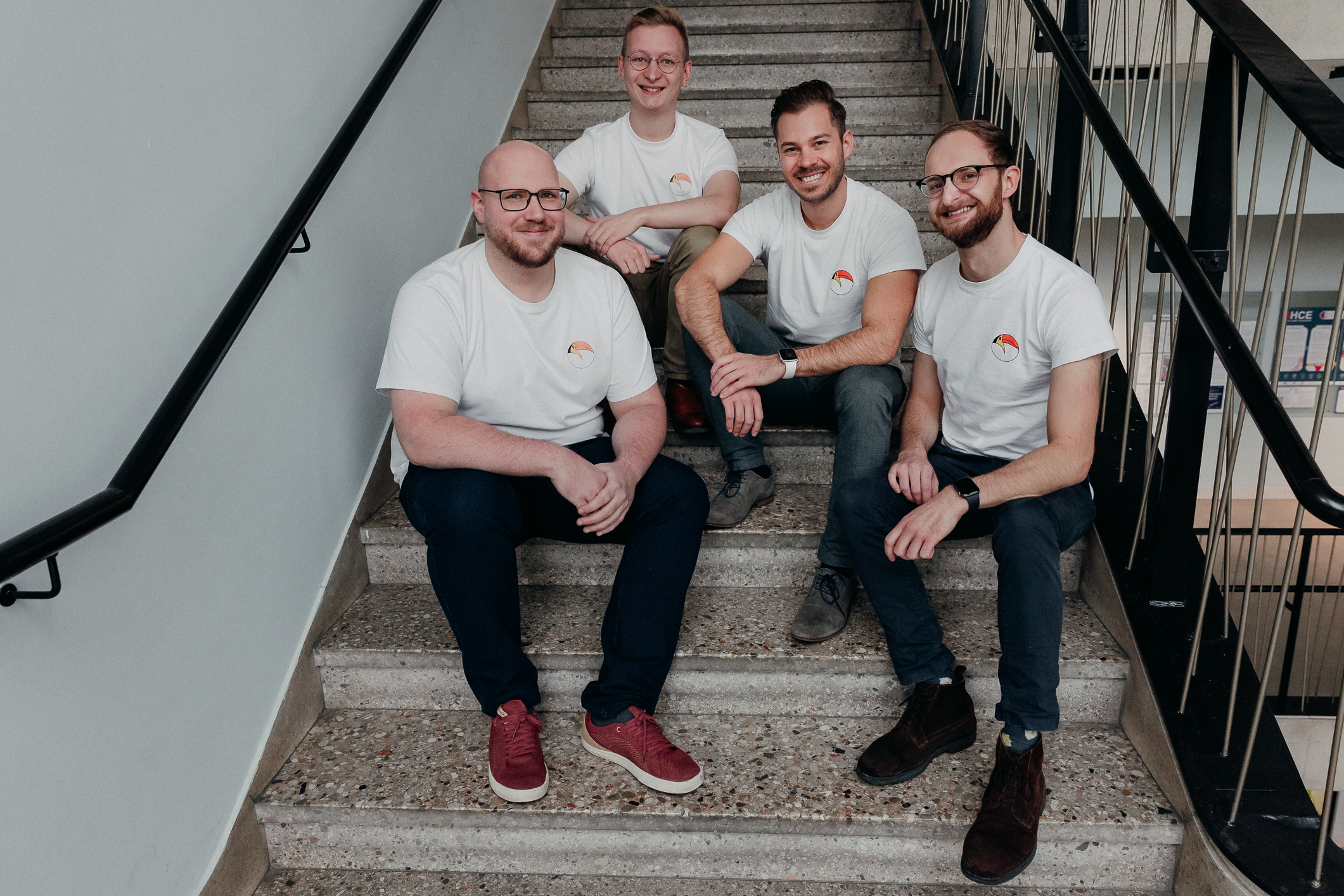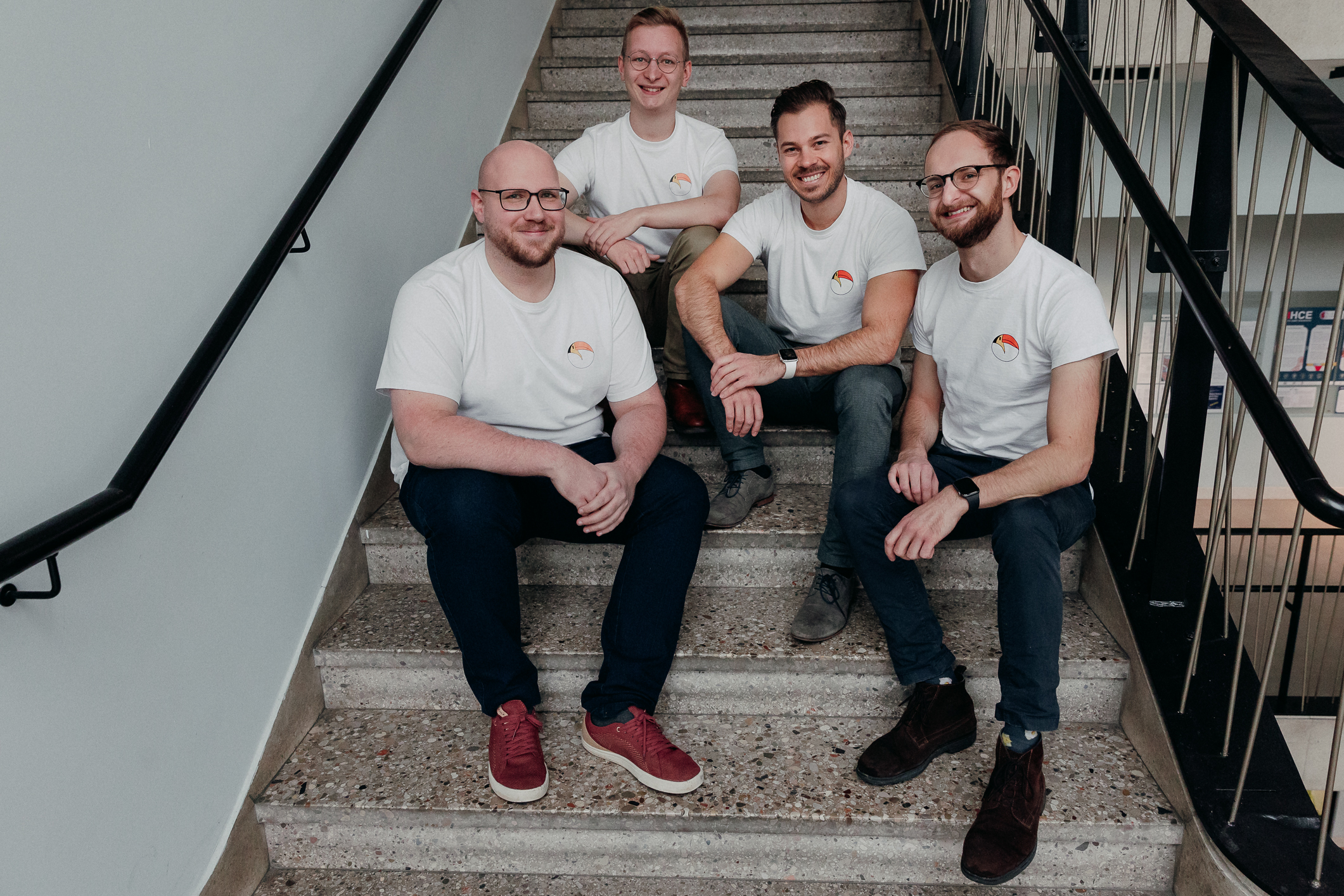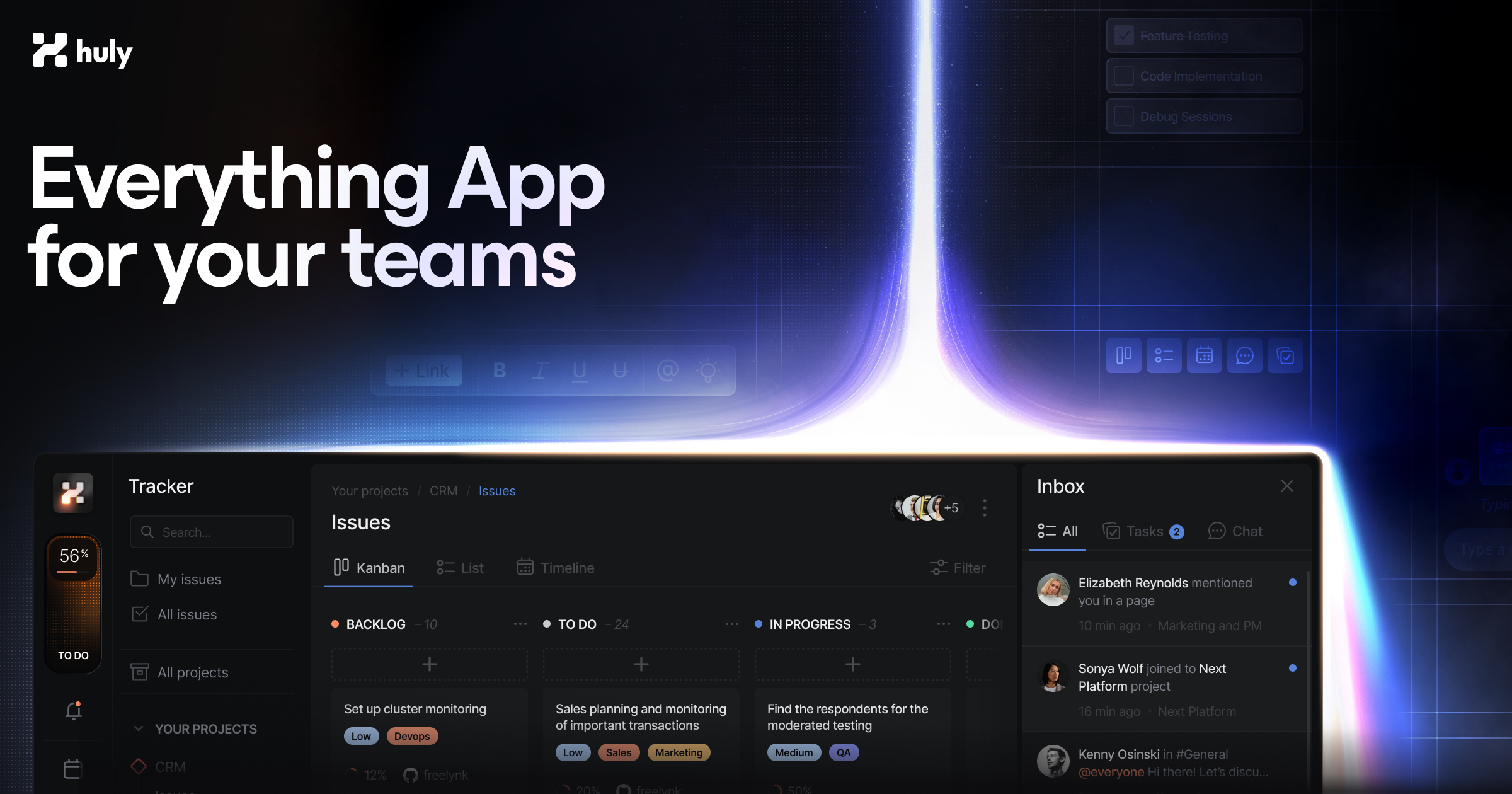Beyond software: How a 3D printing startup uses Huly for hardware engineering workflows
 Abigail Dawson
Abigail Dawson
As Huly has grown in popularity among project teams as a comprehensive workflow management platform, it’s exciting to see how teams from diverse industries have found value in Huly’s all-in-one approach. Since Huly’s inception, and particularly in the last few months, we’ve seen an increasing number of teams migrating to Huly from more traditional project management tools, finding it easier to manage all of their work in one place rather than trying to sync workflows across multiple niche apps.
Throughout this period of Huly’s growth and development, I’ve had the pleasure of connecting with several entrepreneurs and professionals who’ve moved their teams to the Huly platform, and I’ve been particularly interested in how teams from different industries are adapting Huly to their own unique workflows in their line of work. This concept of adaptability is at the heart of Huly’s development, and as our team continues to build Huly’s capability to adapt to any kind of workflow in any field, it’s encouraging to see such diverse teams already thriving on the platform even at this early stage.
Using Huly to optimize productivity for 3D printing
I was first introduced to Toucan3D — an Austrian startup developing variable line width 3D printing — when co-founders Thomas Seidl and Andreas Zapfl provided feedback on their experience with Huly in response to our user survey. I was immediately interested in their use case for 3D printing, a fast-growing industry requiring technical management of both hardware and software components.

Above: Toucan3D founders, from left to right: Thomas Seidl, Peter Waldert, Markus Müller, Andreas Zapfl
As I learned more about Thomas and Andreas’s work at Toucan3D, I began to understand why there was such a need in their industry for their project management platform to keep up with the complex and dynamic nature of their workflows. Toucan3D is revolutionizing 3D printing with their innovative solution to produce faster and stronger prints, using variable line width and advanced heating technology. Their printing process also prioritizes sustainability by optimizing material consumption and production efficiency, thereby minimizing waste and energy usage. Managing these complex processes in such a fast-paced industry requires a centralized platform for tracking related tasks and progress, organizing technical documentation, and managing dynamic workflows.
When I had the chance to catch up with Andreas to learn more about Toucan3D, I was eager to understand how Huly could support his team’s needs for both software development and hardware engineering. Andreas shared with me that Huly’s approach as an “Everything App” resonated with him — with the ability to manage everything in one platform, his team is able to optimize productivity in their workspace.
Documenting issue activity in Huly
Documenting changes to issues in the task tracker is absolutely essential to the Toucan3D team, and Huly’s system of integrating documentation with task tracking helps with maintaining and organizing important project resources. Teams in many different kinds of industries require detailed documentation of changes and updates, and it’s critical that any activity is recorded for later reference.
“When writing, working on and discussing issues, everything is documented,” Andreas explained. “This workflow is great because it allows us to create issues with attachments for multiple drafts, and we can easily include comments from colleagues.”
Because the Toucan3D team is working with both hardware and software issues in their workspace, having documentation capabilities integrated within their task tracker crucial for staying organized. Workflows related to code-based software projects can be tracked and documented right alongside those related to hardware, allowing for technical and non-technical issues to be managed together.
Connecting remotely in Huly's virtual office
Huly’s integrated virtual office space has also been particularly useful for Andreas and the Toucan3D team, allowing them to collaborate remotely without relying on an external video conferencing platform like Zoom or Google Meet.
“You can see who’s in their office and join in a meeting room,” Andreas told me, explaining how his team holds meetings in the virtual office while collaborating on wiki documents. “We can stay inside Huly and write [notes] while in the meeting.”
With screen sharing, full screen mode and the ability to pin the meeting to the side of the window while navigating the platform, Huly’s virtual office space makes it easy for the Toucan3D team to stay in sync while collaborating remotely.
Keeping track of conversations
Projects are not built in an empty void — just as important as internal team collaboration is building connections and relationships with outside companies, clients and contacts. In the not-so-distant future, Huly will allow for cross-communication between workspaces, allowing teams on Huly (or even outside Huly) to communicate with each other seamlessly without ever needing to leave the platform or rely on external software.
While this is a goal that we’re steadily working towards, it was important to us to provide a contacts management tool for teams using the current version. Our current implementation enables teams to keep track of their external communications right within the platform, treating contacts similarly to other objects in Huly and allowing them to be linked to tasks in the tracker.
I was excited to hear that Andreas found our contacts system to be exactly what he needed for managing communications with Toucan3D, even in this early stage.
During our conversation, Andreas described the challenge of keeping track of handwritten notes jotted down from a phone conversation. “With this system where you have all of your contacts in one place, you can simply open a person’s contact and start adding notes,” Andreas explained. “For example, if I have a phone call with someone, I can write everything that’s discussed so the rest of the team can see it. For employees, I can upload their CV and store everything in one place.”
Contacts in Huly can also be linked to issues in the task tracker, allowing teams to create tasks for follow-up calls or even structure entire projects around client contacts. This comprehensive approach to data management across the platform is part of Huly’s long-term development plan as we continue to build capabilities for interconnected workflows.
Enhancing personal productivity
Huly is designed as a tool for teams, but I’ve also connected with many solopreneurs, freelancers and coding hobbyists who are using Huly for independent or personal projects.
I was surprised to learn that even within the Toucan3D workspace Andreas’s favorite feature is one he’s using for personal productivity — the time tracking feature of the personal Planner.
Time tracking in Huly is another capability that is still very much on its way towards where we’d like to see it (and is therefore perhaps not yet capable for some use cases), but Andreas is already finding immense value in using the current implementation to stay productive. By assigning himself issues in the task tracker with the status “Todo”, Huly automatically generates an action item in his Planner; Andreas then uses the Planner to track the time he spends on each action item and compare it to how long he estimated it would take before starting.
“The connection between tasks and action items with the drag-and-drop calendar and time management is hands down your best feature,” Andreas told me. “The system tracks how much time I spend on a task across all the times I’ve scheduled it on my calendar and tells me the total time spent. I could have a feature I estimated would take two hours, but when I finish the task I can see that I actually spent seven hours total working on it.”
This capability helps Andreas see where he’s spending most of his time, adjust his estimations and plan work accordingly.
Where is Huly going from here?

Every time I’ve had the privilege to have a conversation like this one with Andreas, I deepen my understanding of how teams in other industries are managing complex workflows and I learn more about how Huly can help.
Our team at Huly is constantly working on developing new features and improving our existing capabilities to make Huly a truly comprehensive all-in-one solution for workflow management, powerful enough to replace traditional tools while helping innovators bring their teams into a more modern and progressive environment for growth. Learning from teams like Toucan3D helps guide our thinking as continue to develop our platform, and we appreciate the insight we gain from our community.
I’d love to hear what you’re building with Huly! You can join our growing community on Slack to connect with our team and be inspired by other users. If you’d like to share your own story with Huly, feel free to reach out to me directly at abigail@huly.io to be featured in a future article like this one!
Subscribe to my newsletter
Read articles from Abigail Dawson directly inside your inbox. Subscribe to the newsletter, and don't miss out.
Written by
